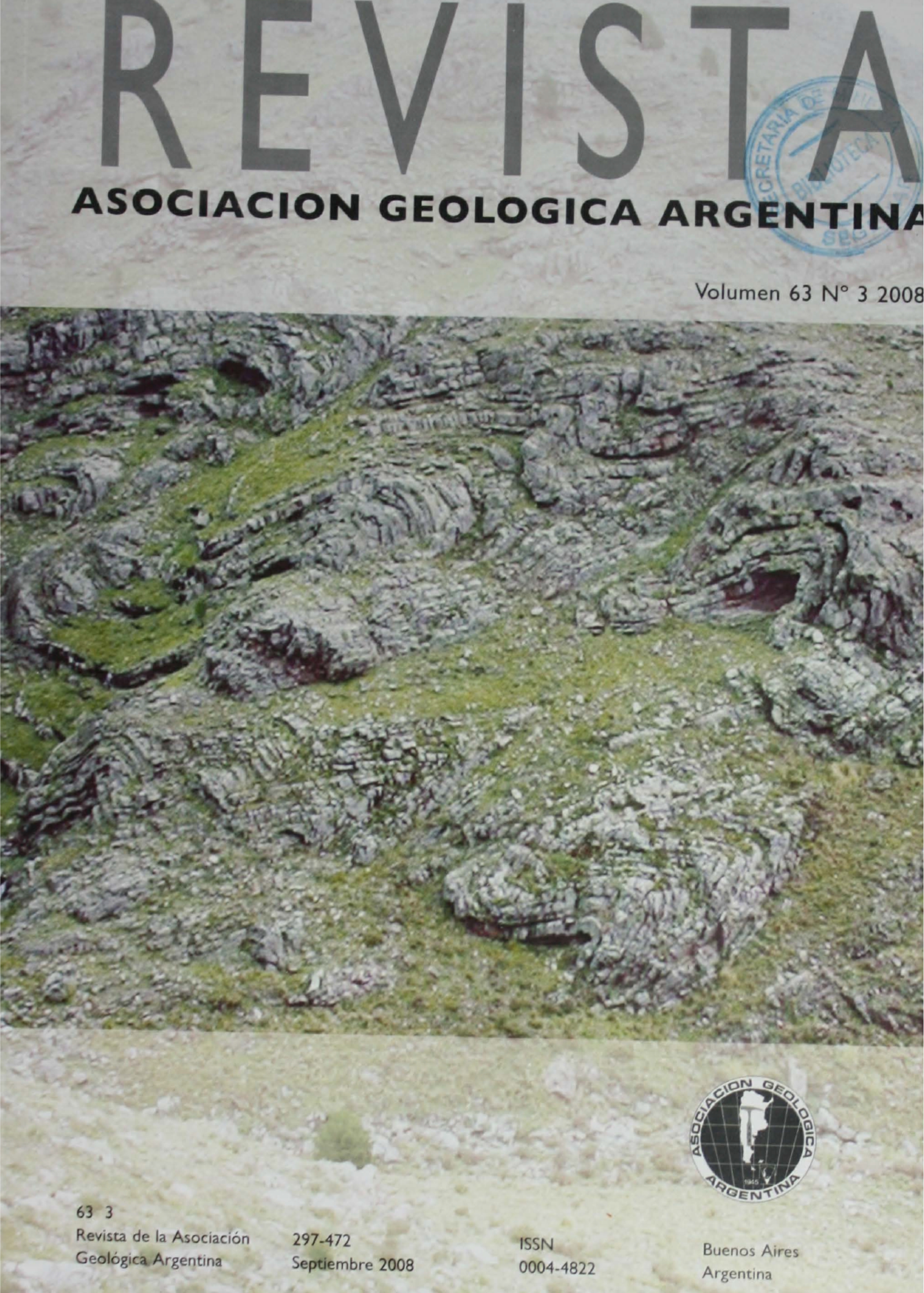Mechanical and hydrological differences of glacigenic vs. cryogenic rock-glacier permafrost obtained from refraction seismics, El Tapado Glaciers, Chile
Main Article Content
Abstract
A series of refraction seismic profiles were carried out along two adjacent rock glaciers belonging to the El Tapado Glacier System. One rock glacier evidently evolved from a debris-covered glacier (massive & stratified glacier ice was observed in the upper reaches) while the smaller one developed at a cirque by accumulation of talus, presumably together with seasonal snow and winter avalanches. Genetic differences between the rock glaciers do not influence their morphological characteristics, however, and only affect the internal characteristics as imaged by refraction seismic. Three main differences were detected as follows: 1) the active layer is much thicker in the cryogenic rock glaciers (11 vs. 4 m) which may be the result of less ice proportion in the ground allowing to a faster growth of the defrosted layer; 2) although P-wave velocity (Vp) across all active layers is quite similar (c. 330 m/s), the permafrost Vp is almost double in the glacigenic rock glaciers (1662 vs. 3146 m/s) indicating a greater ice concentration in the glacigenic rock glacier permafrost. In several areas of the glacigenic rock glacier permafrost Vp equals pure ice Vp (~4200 m/s) suggesting that patches of the original glacier form part of the permafrost. 3) The permafrost/active layer interface is sharp in the glacigenic rock glacier and more graded in the cryogenic, probably as a result of the more irregular shape of this surface due to the lower proportion of ice in the cryogenic rock glacier. Besides establishing the different genesis of externally similar rock glaciers, refraction seismic studies also allow quantitative estimations of ice proportion in the frozen ground and thus, are very important for hydrological purposes as well as for engineering tasks.
Article Details

This work is licensed under a Creative Commons Attribution-NonCommercial 4.0 International License.
Nota de copyright
Los autores conservan los derechos de autor y garantizan a la revista el derecho de ser la primera publicación del trabajo licenciado según una licencia de atribución Creative Commons que permite a otros compartir el trabajo con el reconocimiento de la autoría y de la publicación en la que se publicó por primera vez.
Declaración de privacidad
Los nombres y direcciones de correo electrónico introducidos en esta revista se usarán exclusivamente para los fines declarados por esta revista y no estarán disponibles para ningún otro propósito u otra persona.

